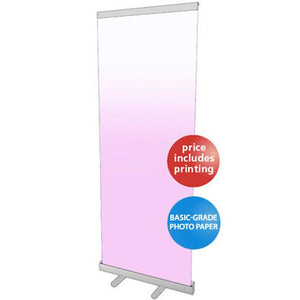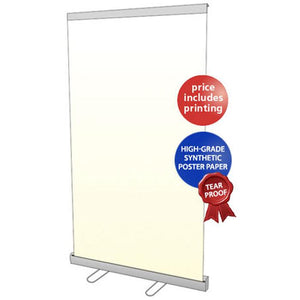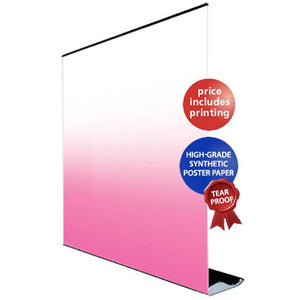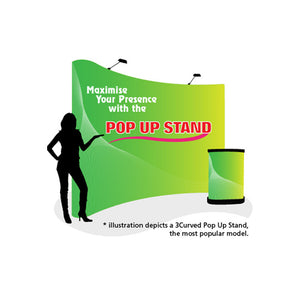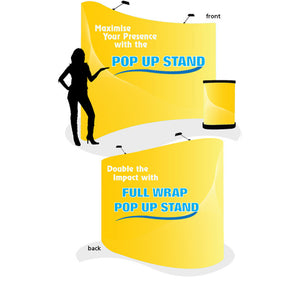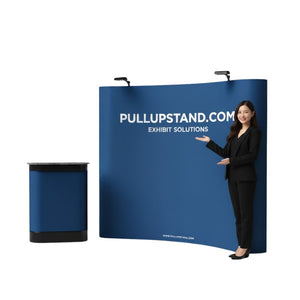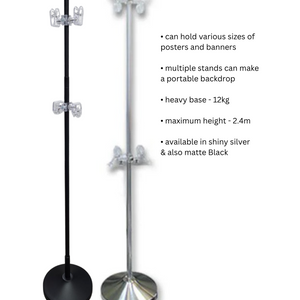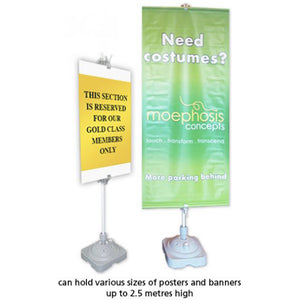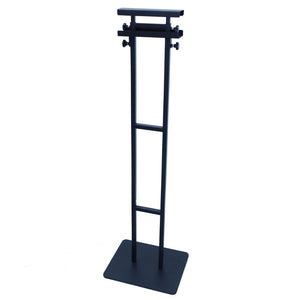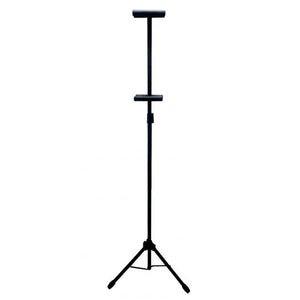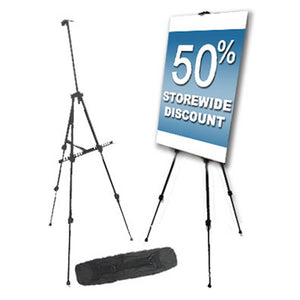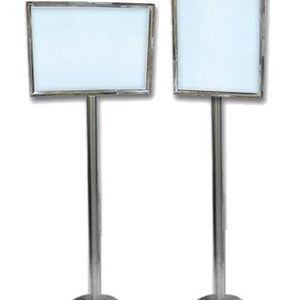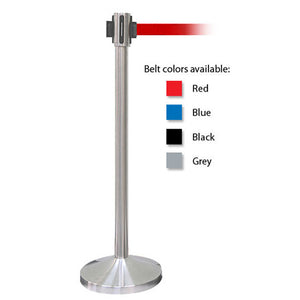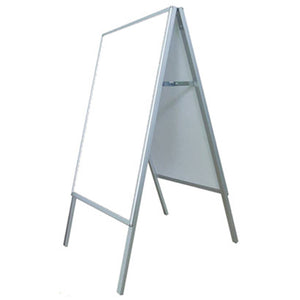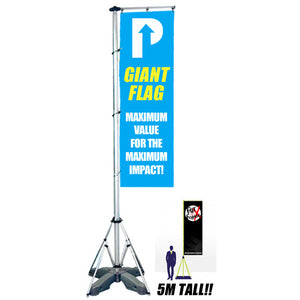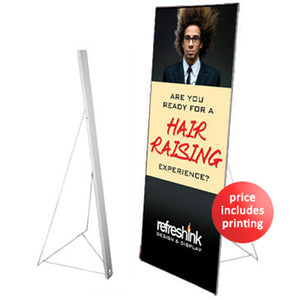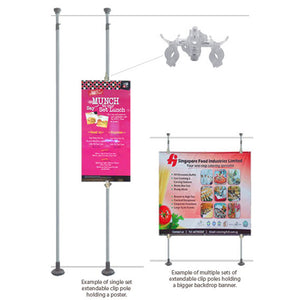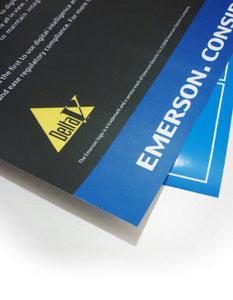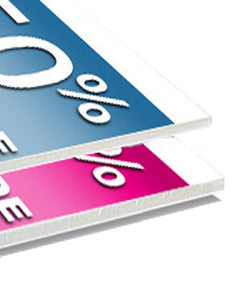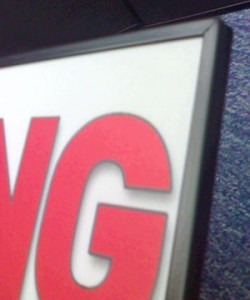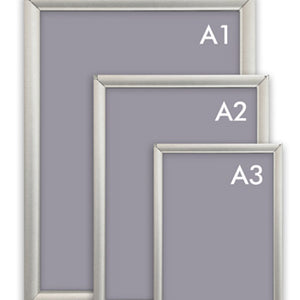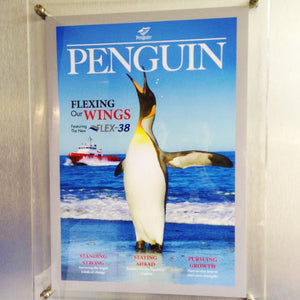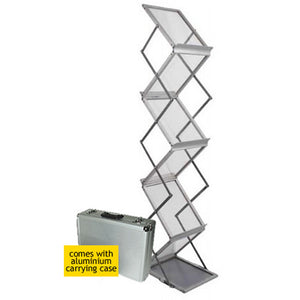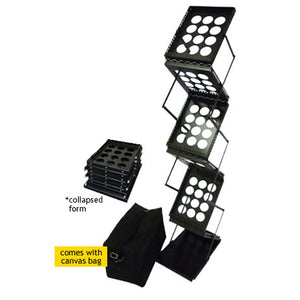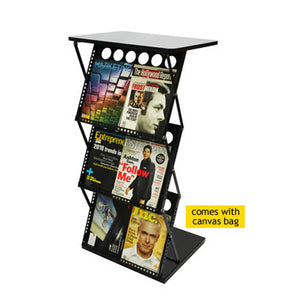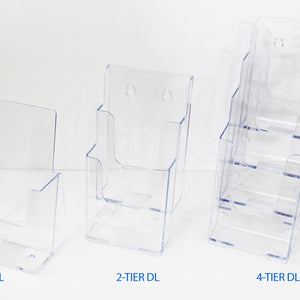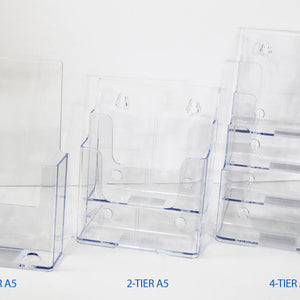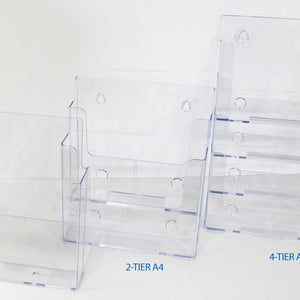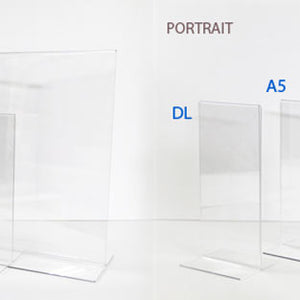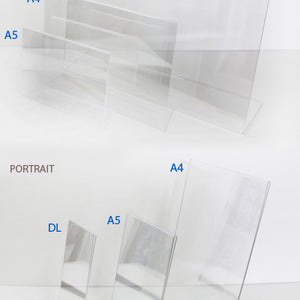In today's competitive marketplace, businesses need to captivate their audience's attention and engage them effectively. One of the ways to accomplish this is by employing visually appealing, high-quality posters for promotional purposes. Posters can serve as a cost-effective, versatile, and impactful solution for advertising, displaying essential information, or showcasing a brand in Singapore. With a myriad of printing techniques and materials to choose from, it is crucial to understand the factors that contribute to creating the perfect poster for your business needs. In this in-depth guide, we'll explore the various poster printing methods, selection of materials, and best practices, enabling you to produce a stunning and effective display.
In the following sections of this guide, we'll discuss the key poster printing techniques, materials, and their suitability, enabling you to make informed decisions when producing your posters. Additionally, we'll address factors such as budget considerations, timeline, and specific branding guidelines that impact the final product to ensure that you can create captivating and impactful poster displays for your business in Singapore.
Stay tuned to discover the essentials of poster printing techniques and materials, and learn how to master the art of designing eye-catching displays for your promotional or informational needs.
Exploring Poster Printing Techniques
Offset Printing
Offset printing is a popular technique for producing high-quality, high-volume poster prints. The method involves transferring an inked image from a plate to a rubber blanket and then onto the printing surface. This process ensures crisp, accurate graphics with minimal ink wastage. Offset printing is particularly effective when printing large quantities or when a project requires extensive colour matching. While the initial setup costs may be relatively high, the per-unit cost reduces for larger print runs, making it a cost-effective choice for bulk orders.
Digital Printing
Digital printing has become increasingly popular due to its speed and affordability. Unlike offset printing, digital printing does not require a plate for image transfer. Images are printed directly onto the material using either an inkjet or laser printer. This method is ideal for small to medium print runs where time is of the essence or when variable data printing is required. Digital printing also offers the advantage of easy customisation, allowing you to make adjustments to your design without incurring high costs. However, digital prints may not provide the same level of detail as offset prints, particularly for more complex designs.
Large Format Printing
Large format printing, as the name suggests, is designed for posters that require a more significant scale and impact. This method can produce crisp, high-resolution images on a variety of materials, including vinyl, canvas, and fabric. Large format printers utilise inkjet technology and can reproduce intricate designs with accurate colour representation. This type of printing is perfect for promotional posters, banners, or signage that need to make a significant visual impact.
Screen Printing
Screen printing is a traditional printing technique, often used for posters with bold colours and simple designs. The method involves using a mesh screen to transfer ink onto the poster material, one colour at a time. Screen printing provides vibrant colours, even on darker materials, but may not offer the same level of detail as other printing techniques. It is best suited to posters where a limited colour palette is required or for printing on non-traditional materials, such as fabric or wood.
Selecting Appropriate Poster Materials
PaperPaper is the most common material for posters due to its affordability, versatility, and ease of printing. Various factors influence the choice of paper, such as weight, finish, and opacity. Thicker paper provides a more durable and professional finish, while a matte or gloss coating can enhance the vibrancy of the colours. When choosing paper, it is essential to consider the poster's intended use and environment, as certain finishes may be more effective in specific settings.
VinylVinyl is a widely-used material for large-format and outdoor posters, offering durability, water resistance, and UV protection. Vinyl prints often appear more vibrant and can last longer than their paper counterparts, making them an excellent choice for promotional posters that require a more considerable impact. Additionally, vinyl is available in various finishes, including matte, gloss, and clear, allowing you to tailor the appearance of your poster to align with your marketing objectives.
Canvas and FabricCanvas and fabric posters provide a more textured and unique aesthetic, often elevating a display's overall tone. These materials are most suitable for art prints, high-quality photography, or branding materials that need a touch of sophistication. While printing on fabric or canvas can be more costly than paper, it can significantly contribute to a lasting impression on your target audience.
Considering Budget, Timeline, and Brand Guidelines
Finally, when designing and producing your posters, it's crucial to consider budgetary limitations, timeline constraints, and existing branding guidelines. Each printing technique and material has cost implications that should be weighed against the desired impact and the lifespan of the poster. Timelines should be taken into account to ensure your project is completed in a timely manner, especially when printing for an upcoming event or marketing campaign. Adhering to your company's branding guidelines, including logos, colour schemes, and design consistency, contributes to building and maintaining brand recognition.
Conclusion
Navigating the world of poster printing can be a complex journey, but understanding the various printing techniques, materials, and factors to consider will enable you to make informed choices for producing effective and visually appealing displays. From classical offset printing to contemporary digital methods, each technique offers unique benefits that cater to different requirements. Careful consideration of budget, timelines, and branding guidelines will ultimately contribute to a successful poster project that captivates and engages your audience.
Ready to unleash the power of impactful poster displays? Explore Pullupstand.com’s range of professional poster printing services in Singapore and let our team of experts help you create a stunning, high-quality poster with a stand tailored to your needs.




















































